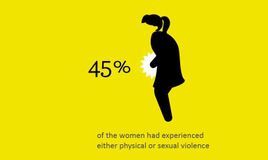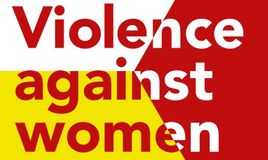Which Violence Matters?

Perceptions of intimate partner violence among people in The Netherlands.
The first Dutch women’s shelter (blijf-van-m’n-lijf-huis) was founded in Amsterdam in 1974. It marked the beginning of a decreasing tolerance of violence against women in intimate partner relationships. Since then, the Dutch women’s movement generated a growing awareness as well as increasing professional support facilities for victims, research and government policy, aimed at preventing and contesting intimate partner violence. Almost half a century later, the NGOs Atria, Institute on gender equality and women’s history, and Blijf Groep (IPV shelters) conducted a comprehensive and representative study on prevailing attitudes and beliefs in The Netherlands regarding partner violence against women and men.
It is the first study that focuses on attitudes and beliefs regarding partner violence in the Dutch context. Internationally, attitudinal research on partner violence has been carried out, but only on a small scale. The research presented here provides initial key insights as to how people in The Netherlands perceive and interpret violence that occurs between (ex) partners.
Partner violence
In the study, a distinction has been made between three types of intimate partner violence:
- physical (such as hitting and kicking)
- psychological (persistent forms of control, intimidation and scolding)
- sexual violence (inter alia forced sexual acts and rape).
The following core questions addressed in this study are:
- How do people in The Netherlands perceive the extent and nature of intimate partner violence?
Do they believe this violence consists of physical, psychic and/or sexual violence? How comprehensive and how frequent do people think intimate partner violence occurs? Do people know someone personally who has experienced intimate partner violence? Do women and men differ in perceptions of prevalence of intimate partner violence? - How do people in The Netherlands perceive the social distribution of intimate partner violence among different groups in Dutch society (ethnic, religious)?
Do people believe intimate partner violence occurs more or less among certain social groups? Which social and demographic characteristics are most relevant in perceptions of how intimate partner violence is distributed? - How do people in The Netherlands think about moral aspects that pertain to intimate partner violence?
Do they believe intimate partner violence is unacceptable under all circumstances? What are their attitudes towards matters of responsibility, of both victims and perpetrators?
See also: Violence against women: European Union survey results in the Dutch context




